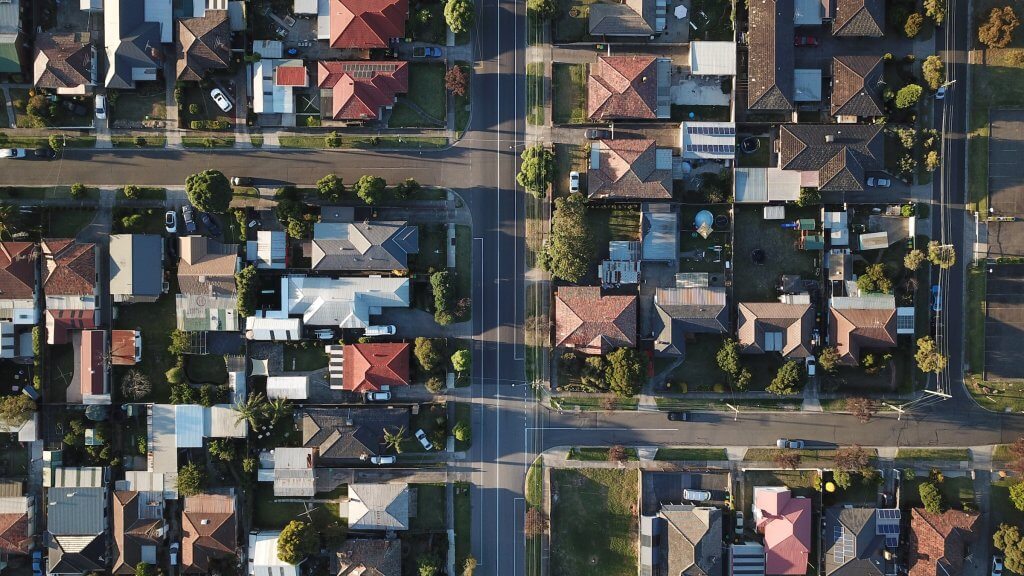
Where Australia’s Middle Class Live
There are certain areas that are often associated with a higher concentration of middle class Australian households due to various factors.
The middle class is a vital component of any economy, representing a significant portion of the population. In Australia, the middle class plays a fundamental role in shaping the nation’s social and economic landscape.
This article aims to explore the characteristics of the Australian middle class, shed light on where they predominantly reside, and examine the current financial situation affecting this important demographic.
The Middle Class in Australia
Income Range
The middle class in Australia typically comprises individuals or households with moderate to above-average incomes. While there is no universally accepted definition, the middle class is often associated with a range of income levels that provide a comfortable standard of living without excessive wealth.
There’s even debate over which pay grade can be considered part of the middle class. Michael Read of the Australian Financial Review covered 2022 ABS wage data indicating that an average median for a full-time employee in Australia was at $78,800.
Education and Employment
Education plays a key role in the middle-class demographic, with a significant portion holding tertiary qualifications. Middle-class individuals are more likely to be employed in professional, managerial, or white-collar occupations, contributing to their financial stability.
Homeownership
The Australian middle class places a strong emphasis on homeownership. Owning a property is considered a significant milestone and a measure of financial security. Many middle-class families invest in their homes, viewing real estate as a long-term asset that can appreciate in value.
Suburban Areas, Regional Centres, and Lifestyle Estates
Suburban Areas
The majority of the Australian middle class resides in suburban areas, which offer a blend of affordability, amenities, and a sense of community. Suburbs located close to major cities, such as Melbourne, Sydney, and Brisbane, are popular choices due to proximity to employment opportunities, good schools, and recreational facilities.
Regional Centres
Some middle-class individuals and families choose to live in regional centres outside major cities. These areas often offer a more relaxed lifestyle, lower living costs, and access to natural beauty. Places like Geelong, Newcastle, and the Sunshine Coast have seen an influx of middle-class residents seeking a balanced lifestyle away from the hustle and bustle of urban areas.
Yahoo! Finance’s Jason Murphy, meanwhile tackled the ABS’ Socioeconomic Index for Areas in 2021. Murphy noted a top 20 list of growing middle-class suburbs based on the 2021 census and how it has changed since 2011.
The list had Braddon taking the top spot with a strong change in population from 4559 in 2011 to 6383 in 2021. This is primarily due to the suburb having new housing projects and elevating from a collection of auto dealerships and factory outlets.
Lifestyle Estates
Another trend among the middle class is the rise of lifestyle estates or master-planned communities. These developments offer a range of amenities, including parks, sports facilities, and community centres, catering to the desire for a higher quality of life and a strong sense of community.
Factors Affecting the Middle Class
Cost of Living
The rising cost of living, including housing prices, utilities, education, and healthcare, poses challenges for the Australian middle class. Increasing expenses can strain household budgets, impacting the ability to save and invest for the future.
Shane Wright and Craig Butt of the Sydney Morning Herald found this hard reality evident in a Resolve Political Monitor poll indicating two-thirds of respondents (young earners and middle-income Aussies) being hit by cost of living issues, have given up investing in a new house.
Wage Growth
Slow wage growth has been a prevailing issue for the middle class. Despite steady economic growth, wage increases have not kept pace with rising living costs.
This stagnant wage growth can hinder middle-class families’ ability to achieve financial security and make it harder to maintain their desired lifestyle.
Job Insecurity
The evolving nature of work and technological advancements have led to increased job insecurity. Automation and globalisation have disrupted traditional industries, leading to job losses and shifts in employment opportunities. The middle class faces the risk of job instability and the need to adapt to changing employment trends.
Wealth Inequality
The growing wealth gap between the rich and the middle class has garnered attention in recent years. The middle class often faces challenges in building wealth and accessing investment opportunities that are more readily available to higher-income brackets. This wealth inequality can affect their long-term financial security and ability to build generational wealth.
Elements of a Possible Approach
Addressing the above challenges requires a multi-faceted approach from both individuals and policymakers.
Financial Literacy
Enhancing financial literacy is significant for the middle class to navigate the complex financial landscape effectively. Investing in financial education programmes and resources can empower individuals to make informed decisions about budgeting, saving, and investing for the future.
Affordable Housing
The affordability of housing is a pressing concern for the middle class. Policymakers should focus on implementing strategies to address the housing affordability crisis, such as increasing the supply of affordable housing, encouraging sustainable urban development, and reviewing tax policies related to property ownership.
Skill Development and Reskilling
To adapt to changing job markets, reskilling and upskilling initiatives are essential. Governments, educational institutions, and employers should collaborate to provide accessible and affordable training programs that equip the middle class with the skills needed for emerging industries and technologies.
Fair Wage Policies
Policies that promote fair wages and address wage stagnation are crucial for the middle class. Governments can consider mechanisms such as minimum wage adjustments, living wage initiatives, and supporting collective bargaining rights to ensure workers receive fair compensation for their contributions.
Wealth Distribution and Taxation
Addressing wealth inequality requires a comprehensive review of taxation policies. Implementing a progressive tax system that places a greater burden on the wealthy can help redistribute wealth and provide greater economic opportunities for the middle class.
Access to Affordable Healthcare and Education
Affordable healthcare and education are key pillars of financial security. Policymakers should focus on ensuring access to quality healthcare services and affordable education, reducing the financial burden on the middle class and improving their overall well-being.
SME Support
Job creation and economic growth are significantly influenced by the important role played by small and medium-sized enterprises (SMEs). Governments can implement policies that support the growth of SMEs, such as reducing regulatory burdens, providing access to funding and resources, and promoting entrepreneurship within the middle class.
Some countries take pride in a “growing middle class.” While Australia’s economic success creates disparity in income generation, there can still be a balance worth striking.
If you liked our “Where Australia’s Middle Class Live” and find it useful, check our blogs regularly for more information and to get updates on UBOMI’s money planner app.
DISCLAIMER: This article is for informational purposes only and is the opinion of the author.




